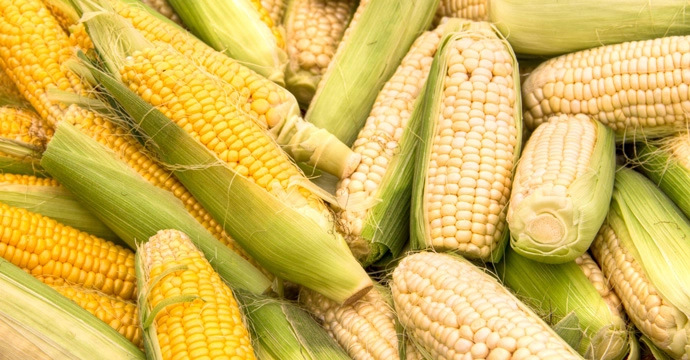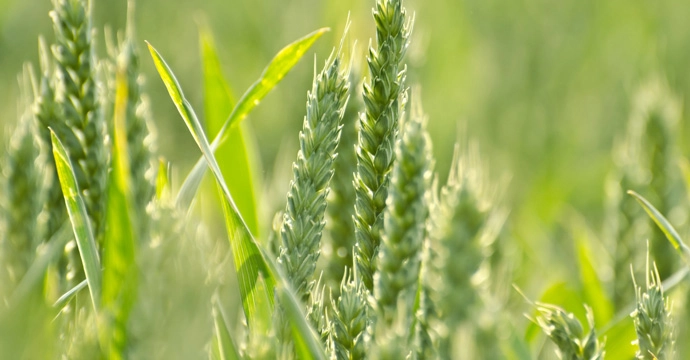Guiding Case No. 92
Image: Andrew Schmidt, Corn On The Cob (Publicdomainpictures.net)
Guiding Case No. 92 provides guidance on an important issue frequently encountered in cases involving infringement of rights to new plant varieties: how to determine whether two plants are of the same variety, when the related DNA fingerprinting test result cannot provide a clear answer. According to this Guiding Case, when this happens, the allegedly infringing party, i.e., the defendant, has the burden to prove that the allegedly infringing plant is different from the plant for which variety rights have been granted. How did the court justify the shifting of the burden to the defendant?Read more


